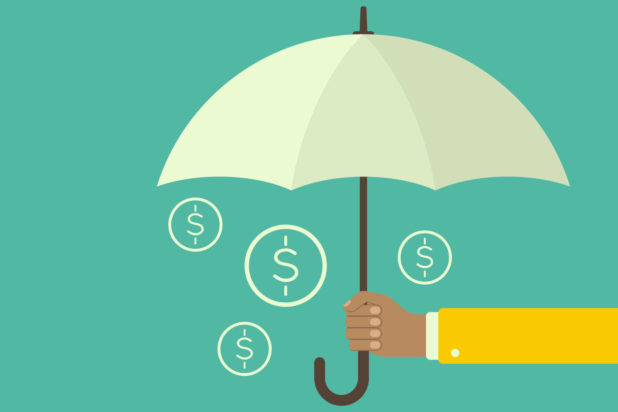
By guest author Michael Rogers
As with any business, e-commerce businesses can suffer losses, some of which can be prevented while others simply cannot be avoided. While you can take action to prevent some losses, insuring against those unpreventable losses can help reduce the risk of major damage to your business. Unpreventable losses in e-commerce include:
- Fraud and identity theft—Fraudsters use different methods to penetrate e-commerce sites and steal customer information, then using it to commit forgery and fraud.
- Losses and damage during delivery—Stolen, damaged and switched shipments can be blamed on third parties, but your customers will look to you for a solution. Using parcel insurance can come in handy even as you wait for the shipping carrier to meet its obligations.
- Counterfeit sales—According to a recent MarkMonitor survey, nearly a quarter of consumers have been duped by online counterfeiters. These counterfeit sales hurt genuine brands in the form of revenue losses. Customers always want to receive genuine product and merchandise, and many will reject counterfeit goods. The problem is that they are then more skeptical and may hesitate to buy a genuine product.
E-commerce insurance compared to standard business insurance
Many small business owners often take out a Business Owner Policy (BOP), a standard policy that covers most risks and includes both general liability and property coverage. While this is suitable for many small businesses, e-commerce businesses have unique needs that the BOP does not cover including business interruptions and data security. While risk management is important, an insurance policy would also help. Online businesses rely on third parties to provide services such as Internet service, website hosting, and even deliveries. These services should be covered by appropriate insurance as prolonged delays could result in losses.
Insuring your e-commerce business
The first step in insuring your e-commerce business is to identify the most vulnerable areas within the business. These could be the areas of merchandise distribution, online fraud, delivery and so on. Once you determine where your business is vulnerable, the next step is to identify suitable companies offering e-commerce insurance coverage. For example, if you are a small online shop from Phoenix, you should first research local agent offers and then compare them with offers from national providers and then make the right decision based on the needs of your business. Keep in mind that different companies have different insurance products so it will be up to you to find out which is the most suitable policy out there for you.
About the Author:
 Michael Rogers is an experienced manager and educator from USInsuranceAgents.com. Having more than five years of professional experience in the insurance industry, Michael successfully fulfills the Director of Operations position.
Michael Rogers is an experienced manager and educator from USInsuranceAgents.com. Having more than five years of professional experience in the insurance industry, Michael successfully fulfills the Director of Operations position.



